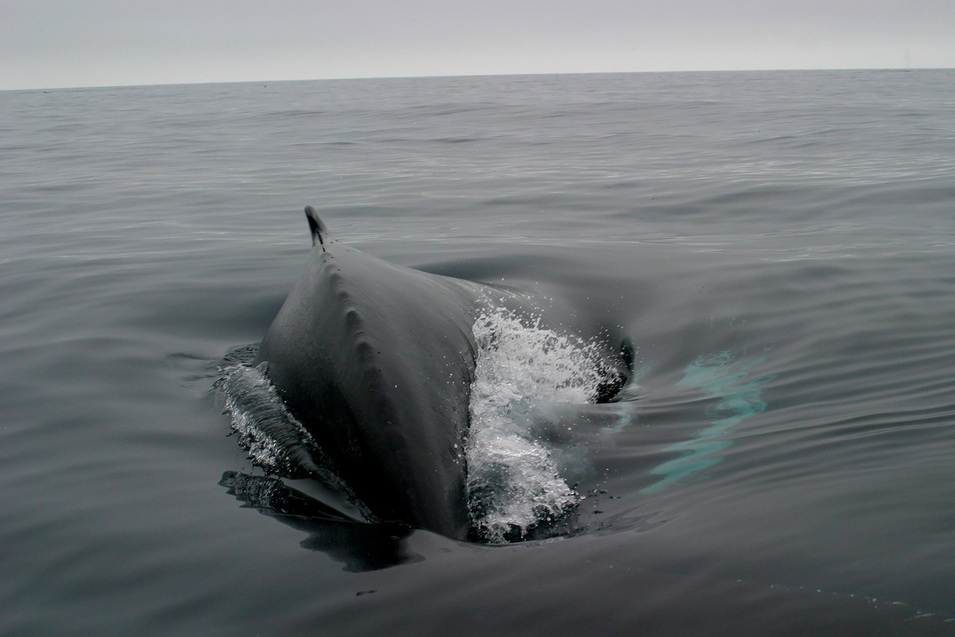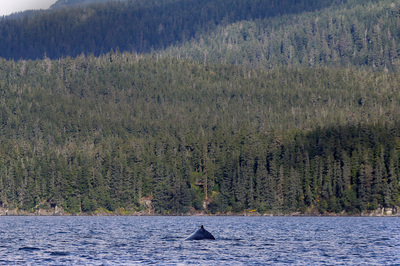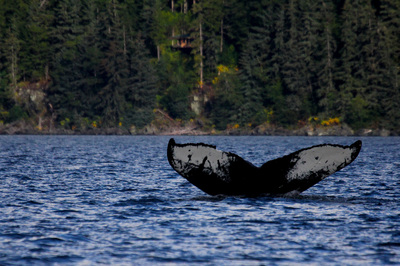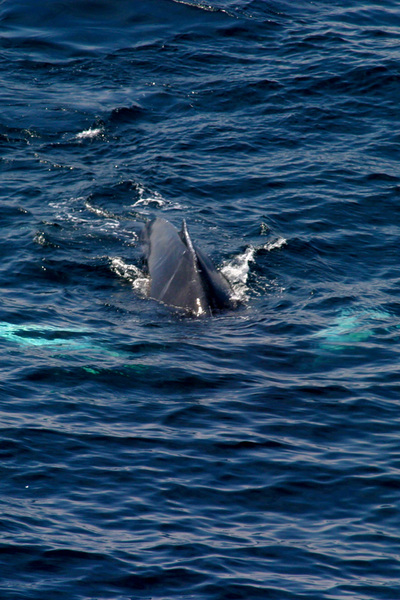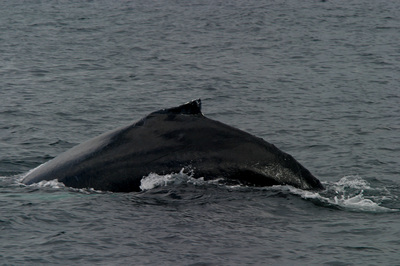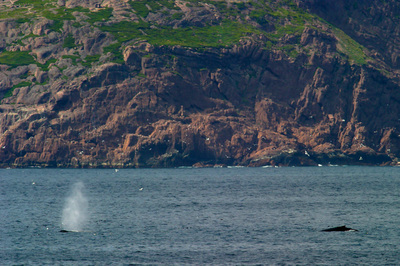Humpback Whale
|
There is often an air of doom and gloom when you think about today’s ecosystems and the future of the world’s wildlife. But there are bright spots that give us all hope for a better future. The humpback whale is one of these. Twenty years ago the population of these whales was estimated to be less than 10,000, with most of these animals surviving in Antarctic waters. Today there are more than that living in the North Atlantic alone. Additionally, the North Pacific is home to between 6,000 and 8,000, and the Southern Hemisphere population is at least 17,000. Granted, these figures are still well below the 65,000 humpback whales estimated to have populated the world’s oceans before whaling began in earnest in the 1800’s, but the trend is positive. Humpback whales gained protection in 1962 through the International Whaling Commission. To spend time with these giants is a memorable experience. I’ve been lucky enough to watch this species in Alaska, the northeastern United States, Quebec, Newfoundland and even Australia. Recently, on a summer visit to Newfoundland, my wife and I watched these whales in surprising numbers. We watched them from the top of a sea cliff as they fed 100 meters below us. We stood on the shore of Cape Spear and watched them. We saw them from all manner of tour boats, zodiacs and once from a sailboat. At one time we were surrounded by 20 to 30 of them. Among all the world’s whales, Humpbacks are the most curious. They seem to be as interested in us as we are in them and they will often turn in the water so that they can look us in the eye. Eyeball to eyeball you wonder - what is it thinking? They have a repertoire of engaging behaviors. Sometimes one will spy-hop (literally standing on its tail to raise its head out of the water for a better view). They will slap their giant wing-like flippers on the ocean to attract attention. They will “sail” with their tails held high in the air to catch the wind and, of course, they will breach. You get a real feeling for their size and their gentleness when you drift with them in a zodiac. If you kneel in the boat you are only a few feet above their world. When one dives, you can see the turquoise blue of its flippers as it glides beneath you and you imagine what it could do to you if it chose to. The power is there for you to see, but so too is the gentleness. Then it surfaces to breath and a warm, oily dose of whale breath drifts across you. It smells of fish; you smell of fish. Its back arches out of the ocean, a clear signal that it is about to make a deep dive. You and everybody else on the boat get your cameras ready because this is the shot (next to a breach). Everybody waits. Then, with grace, the tail is lifted and the cameras fire. This is how marine biologists identify individual whales, since each whale’s tale is unique. The one in the photos has small circles on it, marks left when a small shark, the cookie cutter shark, feeds on the whales during the winter when the giant creatures seek the warmer waters off of the Bahamas. Then it is gone and we return to the shore, enriched and pleased that such things still exist. Note: A version of this article first appeared in Bob Izumi's Real Fishing Magazine. It is used with the permission of editor. |
All images and text are copyright © 2016 J.D. Taylor Senses of Wildness Inc. These images may not be used in any form without permission. All rights reserved.
